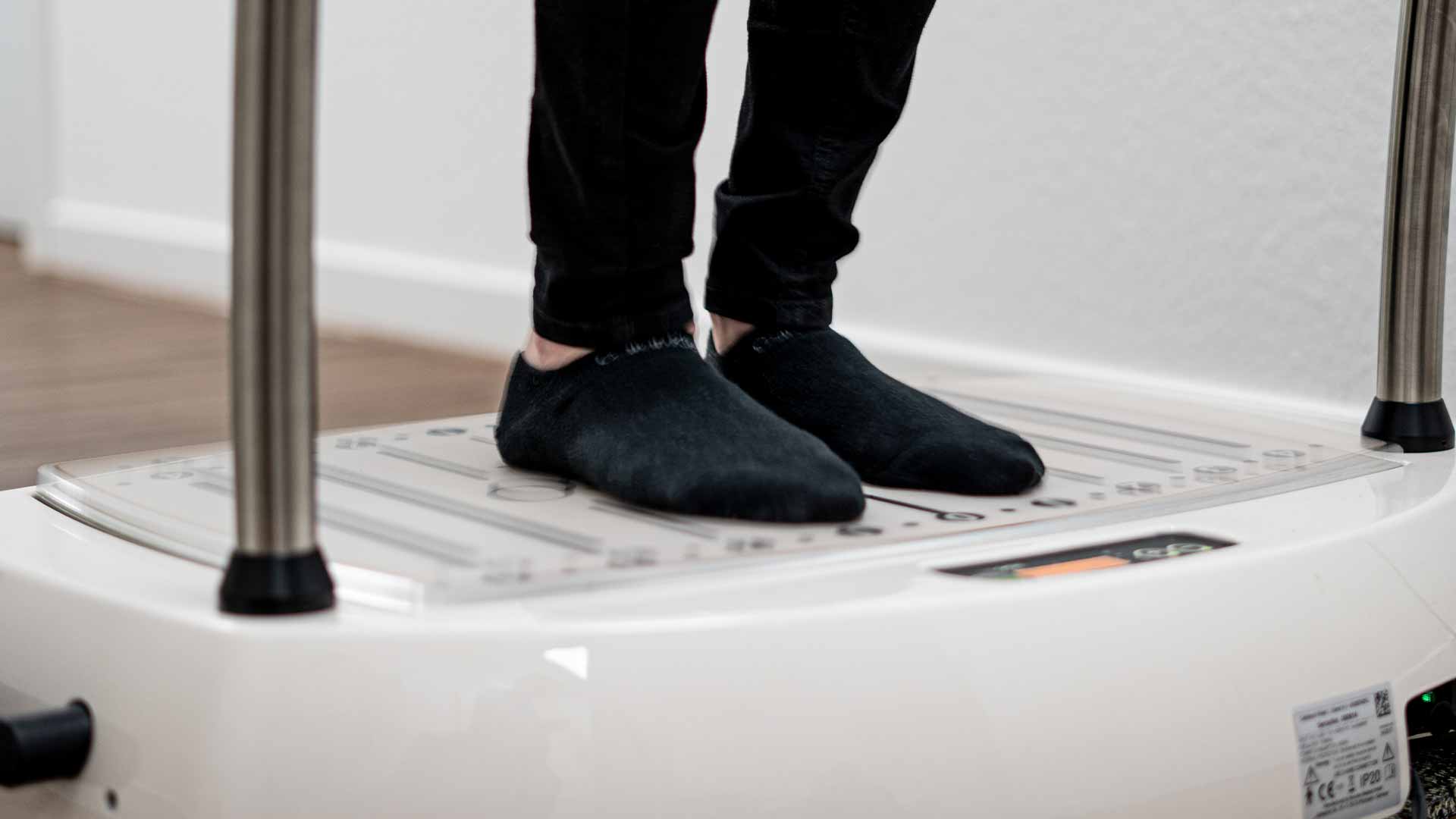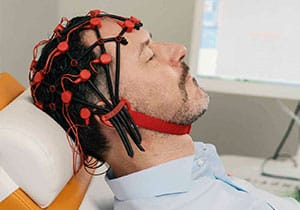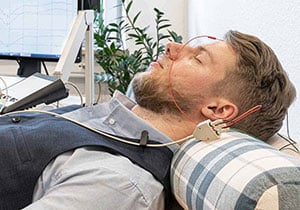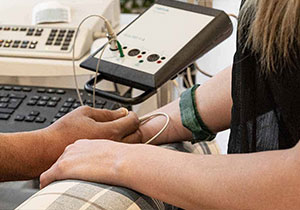
Galileo training
The Galileo is a therapy device that enables enormously efficient muscle training through high-frequency vibrations.
What is Galileo Training
Human movement is essentially based on the principle of vibration. With every step we take, a sequence of precisely coordinated vibrations occurs in our body. We shift our weight from one leg to the other. This happens through a complex interplay of muscles and tendons, tension and relaxation in the body.
What does Galileo training do
Galileo training makes use of this connection between vibration and movement. Selected exercises on a high-frequency vibration plate can be used to improve muscle performance and coordination, posture control and blood circulation.
During the training session, the tilting movement of the vibration plate is changed at a high frequency. This reciprocal stimulation leads to a reflex-like contraction of the leg and trunk muscles to compensate for the vibration.
The number of stretch reflexes per second is determined by the training frequency. For example, if a frequency of 25 Hertz is selected, 25 contraction cycles occur per second in both the flexor and extensor muscles. Training for 3 minutes at 25 Hertz therefore corresponds to the same number of muscle contractions as walking 9,000 steps.
The training focus is varied solely by posture, joint position and body tension. Due to the low physical strain on the cardiovascular system, it is suitable for older people as well as for rehabilitation after injuries.
Other areas of application for this training method include muscle building after immobilization, osteoporosis prevention and treatment, pelvic floor training, improving stretching ability and flexibility, relieving tension, treating back pain, improving balance and coordination, fall prevention and numerous other problems, which we can explain to you individually in a personal consultation. Before drawing up an individual training plan, you need to be well informed about your current physical condition and any risks.




